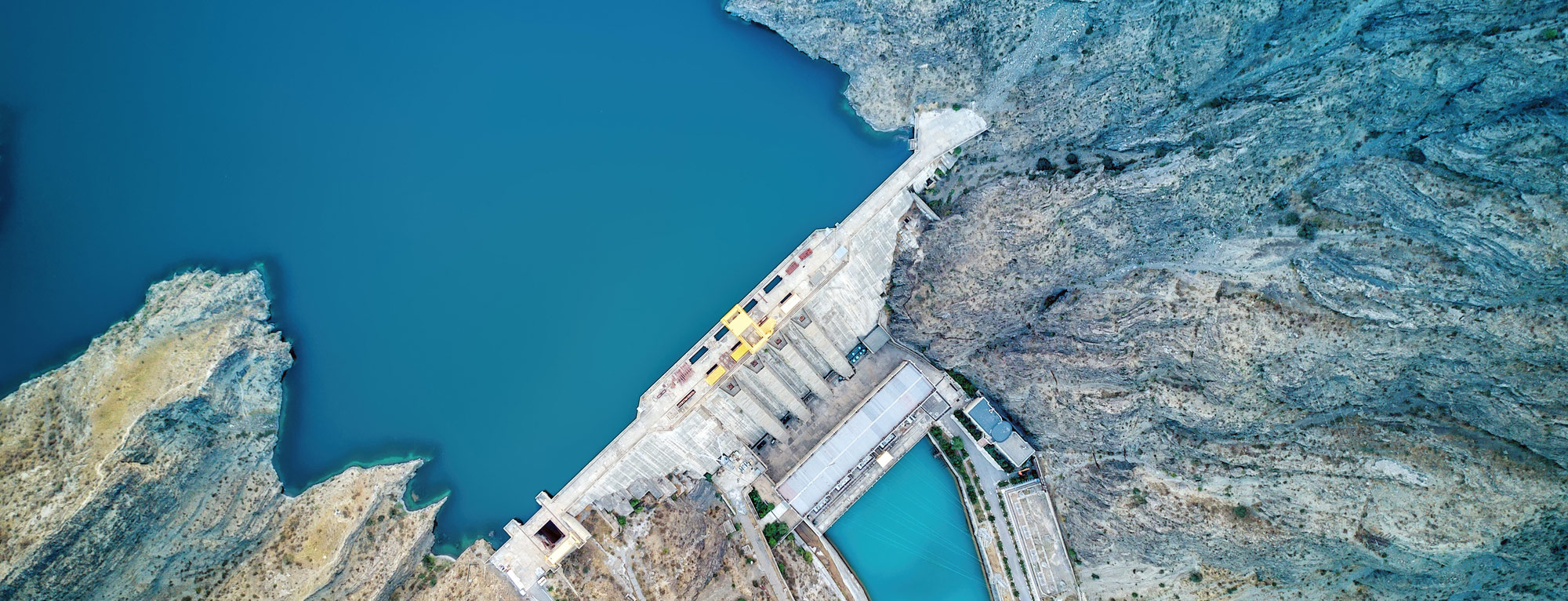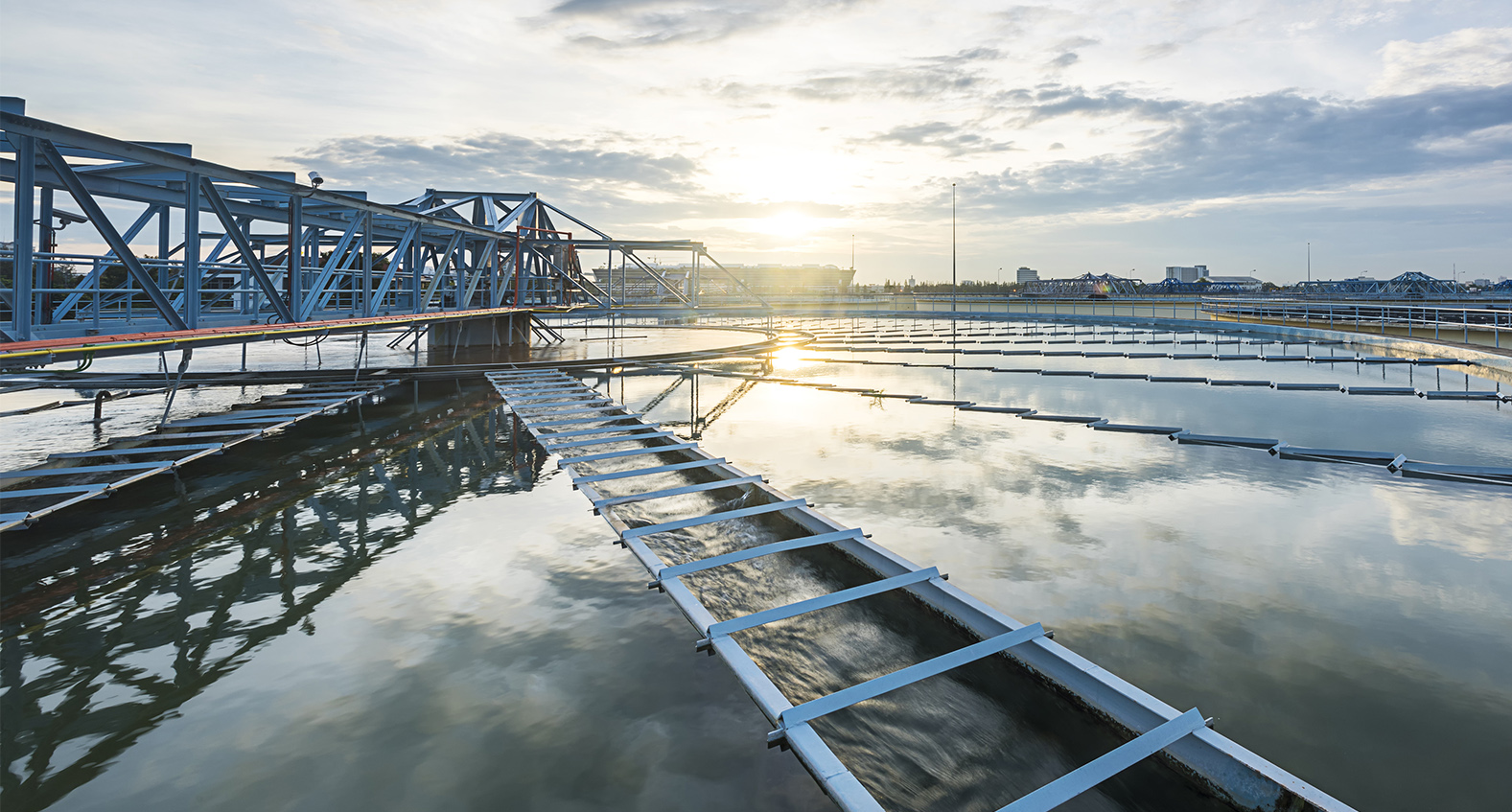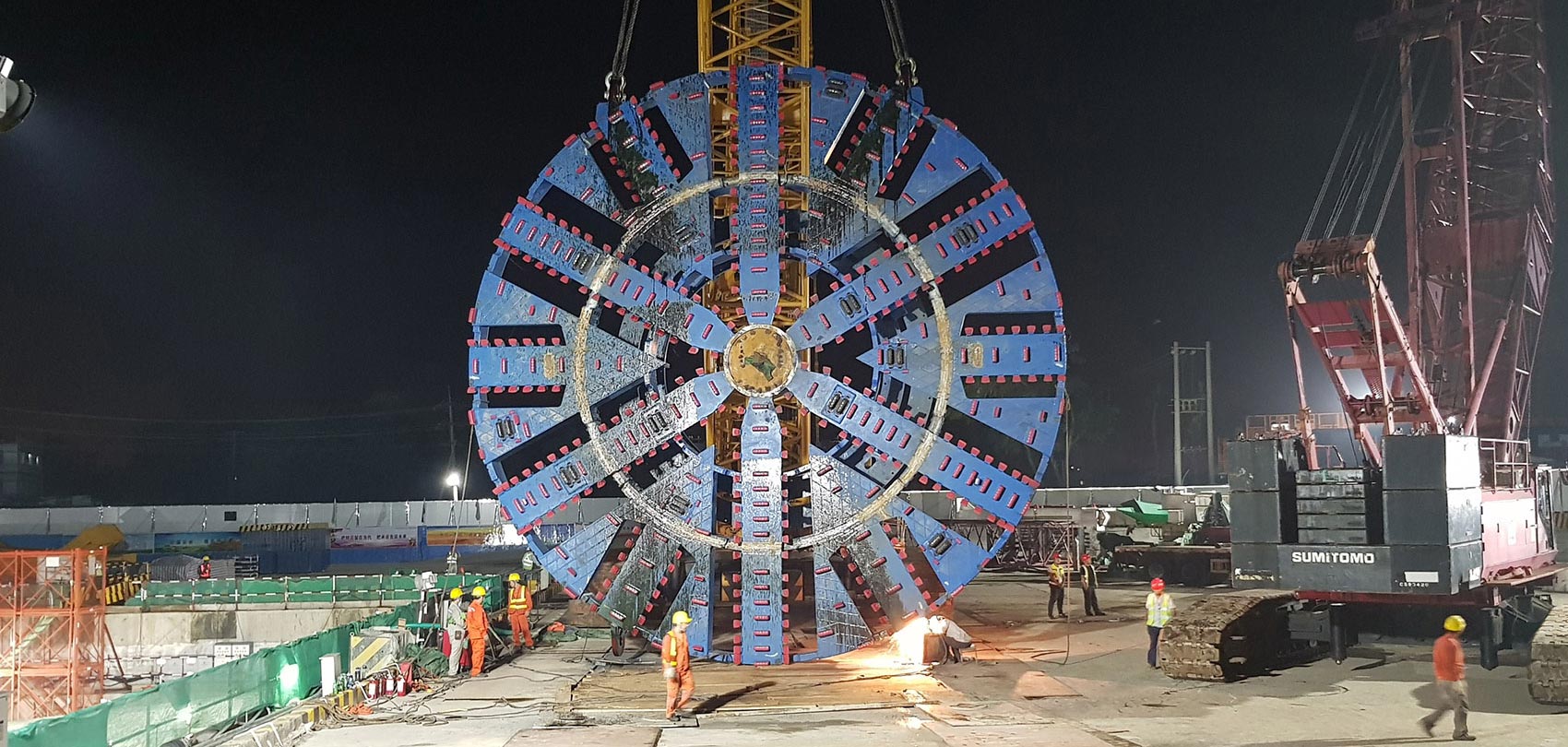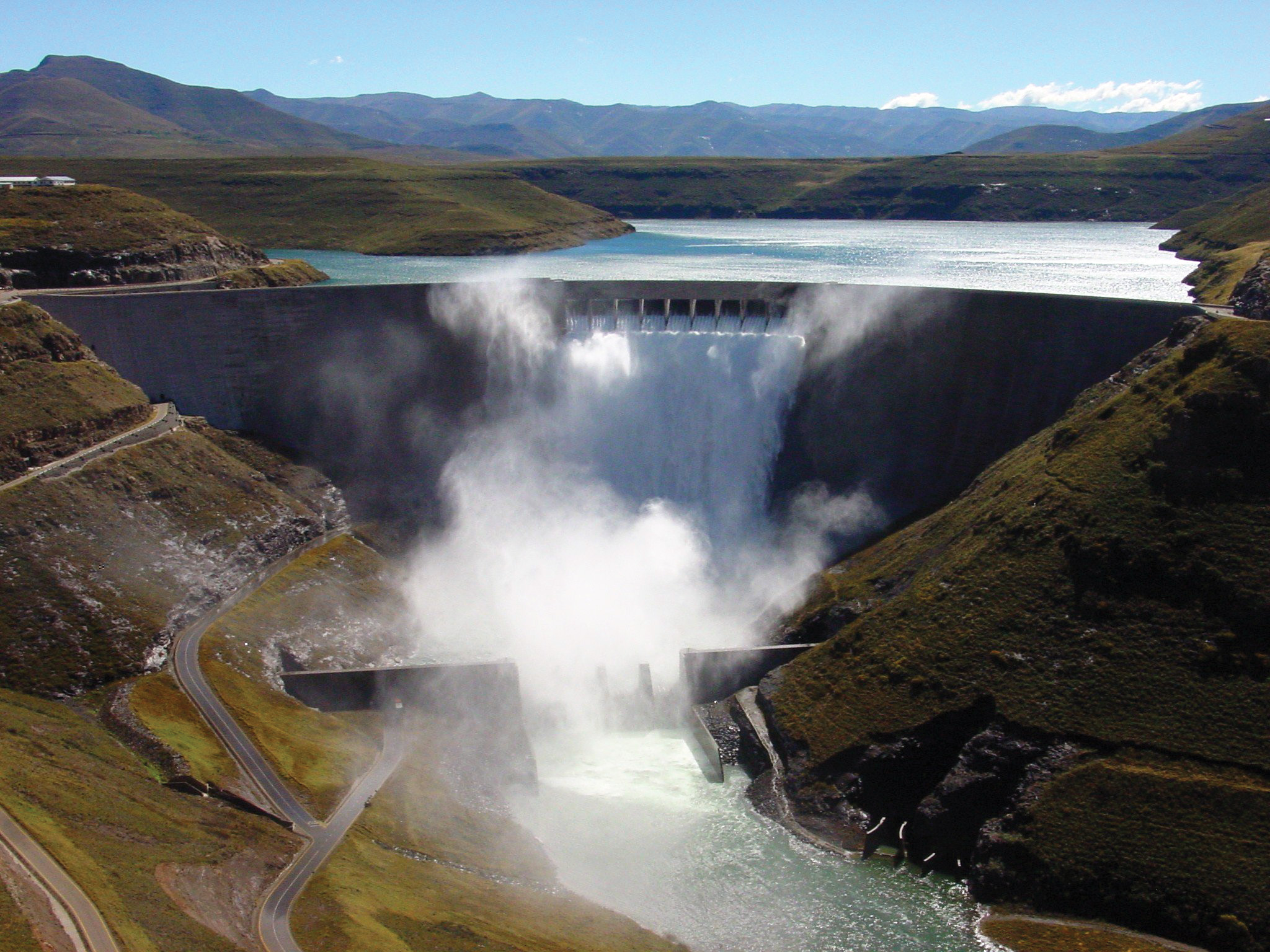
Q: Over the past two years Australia has witnessed extreme climate events from widespread drought to bushfires and floods, not to mention a global pandemic. As a water supply specialist, what are the core challenges for Australia in transitioning to a more climate resilient future?
Achieving net results is a balance between meeting our immediate needs while continuing to look ahead and focus on adaptive long-term planning to capitalise on emerging opportunities and realise the best possible outcomes for future generations.
Ensuring the right projects are progressed at the right time is another challenge. This requires support from the wider community and government. As an industry we can help get everyone on the same page by creating opportunities to pool knowledge and building alignment around critical water management and resilience initiatives.

Q: As an environmental engineer and industry leader, what role do you and your team play in addressing these challenges?
My team at SMEC are currently working on numerous resilience building projects, ranging from large-scale renewable energy schemes including Snowy 2.0, through to smaller scale projects that focus on resource recovery and the circular economy. We are genuinely excited to be working on projects that will improve Australia’s access to dispatchable green energy and have a positive impact on how we manage our river systems and water resources locally.
We are working in partnerships with several of our clients on long-term programs, which are fantastic to enable a collective focus on long-term and enduring benefits for future generations. We are supporting clients to better engage with stakeholders including indigenous communities. Through our network of global specialists, we are leveraging innovative and sustainable solutions on projects of all scales.
Part of our role is to assist clients and communities to develop adaptable solutions to meet future needs and achieve wider economic, community and environmental benefits. As an environmental engineer and water professional, leaving a positive legacy for the future is important to me. I am a strong advocate for diversity of thought and flexible workplaces. Through my role on the SMEC Reconciliation Action Committee, I am also passionate about supporting local communities and learning how we can generate more sustainable outcomes together.
Q: Over the span of your career, how have you seen the water industry evolve in awareness and integration of more sustainable practices?
Like many of my colleagues, I have worked through severe droughts and damaging flood events. These have shaped my thinking and focus on improving resilience and adaptability.
I was a young engineer working on the Gold Coast during the Millennium Drought. While dam levels were worryingly low and front lawns were brown, I had the privilege of working in a future-focused team developing a long-term water supply strategy for the region in partnership with the community. Our mandate was to develop a 50-year plan that was diverse, secure, adaptable and affordable. I remember clearly how the standout options from an environmental and economic perspective often lacked community support, and the timeframe needed to build community support did not align with the urgent need to deliver water. The solution at the time was to implement a staged and adaptable plan which left door open for future innovation and changes in community sentiment.
Have we used the last 15+ years to build support and social licence? Are we now allowing ourselves enough time to be strategic rather than reactive? There are important conversations happening across the sector in response to these questions. It is heartening to take stock of what we have achieved and the growing support to tackle these challenges.
Q: What do you think the future holds for the water industry in Australia?
Partnerships. We are facing an increasing number of larger projects and regional programs which require bringing together the right capability from across various organisations, government agencies and other sectors in true partnerships to drive the best possible outcomes.
Related
insights
 70 Years Forward: Water and hydropower
70 Years Forward: Water and hydropower
"The water and hydropower sectors have changed dramatically since our origins on the iconic Snowy Mountains Hydro Scheme 70 years ago in 1949, one of the largest and most complex hydroelectric schemes in the world. While technology has advanced rapidly, water is and will continue to be an essential and ever scarcer global resource."
 A circular economy for water: water demand and fit for purpose supply
A circular economy for water: water demand and fit for purpose supply
Australia, and the world, is increasingly seeing the effect of climate change on our water supply and security. Scarcity and drought are becoming more prevalent, placing pressure on the current water supply network, and communities are expecting better solutions. As we mark National Water Week in Australia and prepare for summer, it is time to discuss how we best utilise our existing water supplies and create a more resilient future.
 Breaking new ground on Bangladesh’s first underwater tunnel
Breaking new ground on Bangladesh’s first underwater tunnel
Bangladesh is a country of rivers. The Karnaphuli River services the city of Chattogram (formerly called Chittagong), the largest sea port of Bangladesh. With the rapid development of southeast Bangladesh, especially in the regions south of Chattogram, the two existing bridges over the Karnaphuli River are inadequate to accommodate the increase in traffic. With a population of over six million, the heavily congested city of Chattogram is closely surrounded on the east by the Chittagong Hill Tracts and the west by the Bay of Bengal, making an additional bridge type crossing of the Karnaphuli River unviable.





